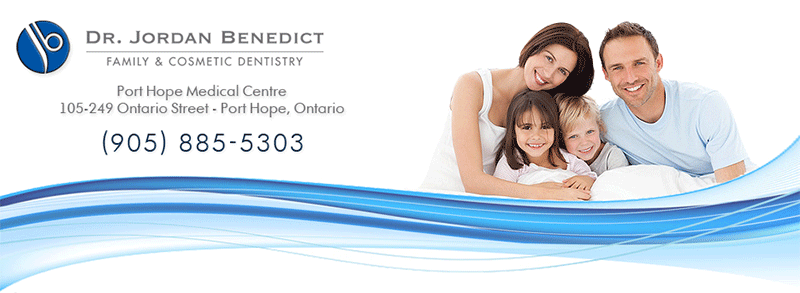Benefits of Invisalign
The rise of clear aligners in recent years, such as Invisalign, has not only given dental patients amazingly straight teeth, but also an alternative to fixed appliances (e.g., metal-wired Buccal braces). Fixed appliances are orthodontic devices "fixed" to patients' teeth, usually braces. In contrast, non-fixed appliances are removable orthodontic devices like Invisalign aligners.
The results of Invisalign, however, extend far beyond straighter teeth. It has also proven to successfully improve patients' overall dental health, particularly periodontal health and oral hygiene. Compared to traditional wired-braces, Invisalign utilizes clear plastic aligners that come in different forms - including retainers and night guards. And due to the amount of fixed/non-fixed orthodontic appliances to choose from, it is important for patients to understand the most suitable treatment for their teeth.
Here we outline the benefits of Invisalign for a better understanding of its value in the field of Orthodontics.
Invisalign Comfort and Aesthetic
Until recently, traditional 'buccal' braces have been the most common orthodontic technique to straighten misaligned teeth. However, its conspicuous feature and its abrasive composite structure are some of the reasons why clear aligners have been developed by to provide a "simple" and non-abrasive alternative option. Invisalign trays are clear with no brackets or wires that may cause irritations or lacerations in the mouth, providing patients with more comfort and confidence to wear. Moreover, Invisalign and other aligner treatments have shown to be significantly less painful than traditional braces that consists of adhesive bonding and metal brackets. Patients using fixed appliances reported to have higher discomfort, higher analgesic consumption, and higher sleep disturbances as opposed to patients using removable aligners, such as Invisalign.
Better Gingival Health
Gingiva is the visible tissue that surrounds and supports the teeth. Invisalign promotes better gingival health due to easier oral hygiene maintenance. Since Invisalign is removable, it does not interfere or create additional steps to be taken during teeth cleaning procedures; as opposed to fixed-wire braces that require extra care in cleaning - especially when flossing. Invisalign can be removed for brushing, flossing, and eating. Fixed orthodontic appliances, on the other hand, may complicate the overall periodontal health maintenance of patients as it presents a barrier between the patient and their teeth. A lack of or poor dental cleaning practices can result to plaque build-up, which in turn may lead to tooth decay. The results of a comparative study showed that Invisalign users had significantly better gingival health compared to users of fixed appliances.
Does Invisalign Treat Malocclusions
Aside from straightening teeth, Invisalign has revealed to treat more complex dental cases such as Class II Malocclusions and Class III Malocclusions (used as an additional tool for pre and post-surgery). Malocclusions is a term to describe misaligned teeth or bite, varying from Class I to Class III. To treat or correct some malocclusions, surgery has often been the option offered to patients. However, the rise of Invisalign usage has also caused the rise of studies to discover more potential uses of Invisalign, including its use to treat Class II Malocclusion. Results from a study show treatment specifically for improper Open Bites, Overbite, and Overjet using only Invisalign, was able to close the Open Bites and establish a proper Overbite and Overjet. Furthermore, using Invisalign to aid the effects before and after a surgical procedure has shown a positive result of treatment.
Does Invisalign Offer Faster Treatment
A comparative study between Invisalign and traditional fixed orthodontic appliances, showed that Invisalign users finished their treatment faster than users of fixed orthodontic appliances. Likely due to its faster treatment, Invisalign has not only shown to be convenient and cost-effective for many patients, but has also shown higher patient satisfaction when compared to the satisfaction rate of patients using fixed appliances during orthodontic treatment.
Invisalign is increasingly becoming a popular method of choice as it demonstrates a comfortable and "invisible" way to straighten teeth effectively. With more Invisalign users, it has also shown to be an effective technique to treat and correct other issues. While research on Invisalign is still in its infancy, there is much to be investigated as to its potential advantages. So far, it has opened up a new area of orthodontics and established positive results. Most importantly, it gives patients an additional option when selecting the most suitable orthodontic appliance for their needs.
|

